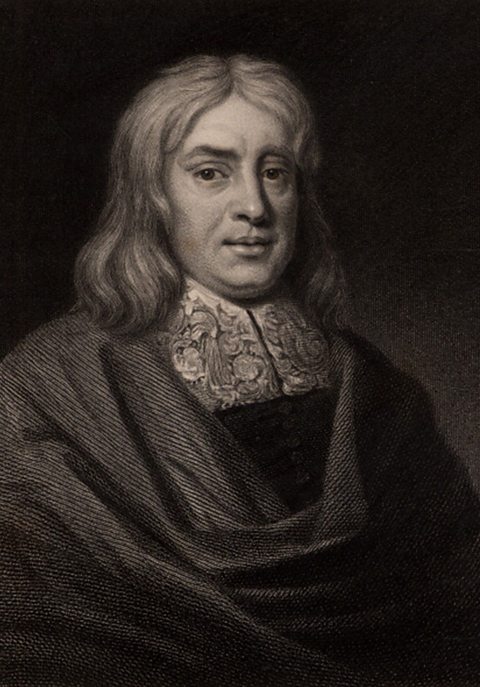Humanism and the work of Thomas Sydenham
The new appreciation of scientific learning during the Renaissance led to one doctor changing how he approached diagnosisThe identification of a disease, illness or condition which is present in a patient. A diagnosis is made after looking for signs and symptoms in a patient. illness in his patients This would eventually have a significant impact on the ways that disease was diagnosed by physician A person who practices medicine.
Humanism
The Renaissance saw an increase in new learning and ways of thinking. The Church had less power to tell people what they should think. Humanism was a new way of thinking. It recognised the importance of the individual in discovering the truth around them. Humanist ideas represented a challenge to the old ideas and encouraged experimentation to find the truth. They rejected the religious idea that God controlled everything.
The work of Thomas Sydenham

Thomas Sydenham was a respected doctor in London during the Renaissance. The theory of the four humoursFour bodily fluids ã yellow bile, black bile, blood and phlegm ã used in ancient times to analyse and describe people's state of health. was still being used at this time, but it was beginning to become less popular. Sydenham was important in changing ideas about how illness should be diagnosed. He encouraged physicians to move away from the classical ideas of Galen and Hippocrates towards the new scientific ideas of observation.
Sydenham believed that to diagnose a patientãs illness, a doctor needed to closely observe the symptoms and treat the disease that was causing them. He refused to rely solely on medical books. Contrary to the theory of the four humours, Sydenham did not believe that a disease was different from person to person. He encouraged his students to:
- observe a patient carefully
- record a description of their symptoms
- prescribe a remedy that would treat the disease
Sydenham became known as the ãEnglish Hippocratesã because of how important he believed it was for doctors to observe their patients. He believed that each disease was different and that doctors needed to identify the exact disease before recommending a cure. He was able to identify that scarlet fever and measles (both very dangerous diseases at the time) were different.
Sydenham published his ideas about disease in a book called Observationes Medicae (Medical Observations) in 1676. His work led to a more scientific approach to medicine after the 18th century.